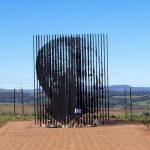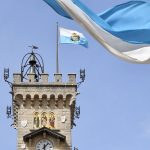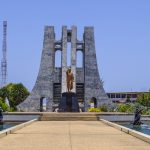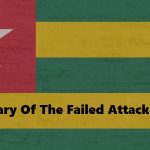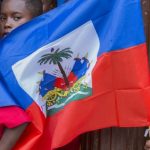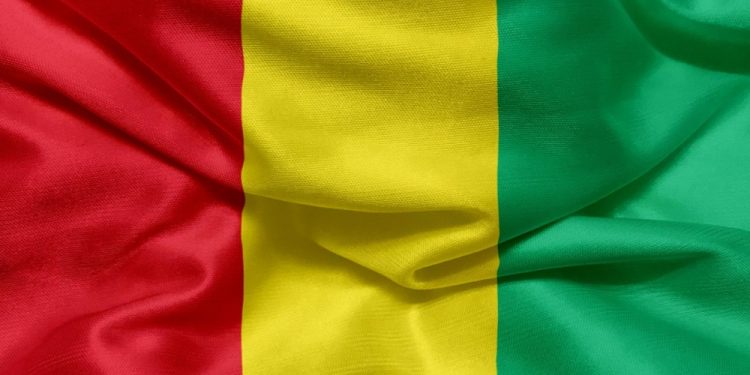
Independence Day in Guinea
Independence Day in Guinea is observed on the 2nd of October and commemorates the date in 1958 when the country became an independent republic. Guinea is a country located in West Africa and is home to approximately 13+ million people.
The holiday that celebrates its independence is observed across the country with sporting events, dances, and parades. It’s a public holiday for the country as well, so it’s a day off for the general public, and many government offices, schools, and businesses are closed. It’s a day for all residents of the country to enjoy time with loved ones and to celebrate their hard-fought freedom.
The History of Independence Day in Guinea
During the 15th century, Guinea began to be colonized by European explorers, starting first with the Portuguese. They used the coastal regions at first, using them for ports and as a staging ground for the slave trade.
When the French arrived during the middle of the 19th century to lay claim to the area, the ruler of Fouta Djallon placed his territory under the protection of the French. The Malinke State, on the other hand, resisted the occupation of the country by the French military until the end of the 19th century.
Eventually, however, the entire country fell under the control of French forces by 1915. In 1891, Rivières du Sud, a French protectorate, became separate from the colony of Senegal. It became French Guinea and joined the Federation of West Africa. On the 2nd of October in 1958, Guinea became independent, and Sekou Toure became its first president.
Observing Independence Day in Guinea
All across Guinea, this holiday is celebrated with parades, dances, and sporting events. There are also cultural events, and people typically spend the day with loved ones to enjoy communal feasts. Other observations on this day include fireworks, parties, and political speeches.
